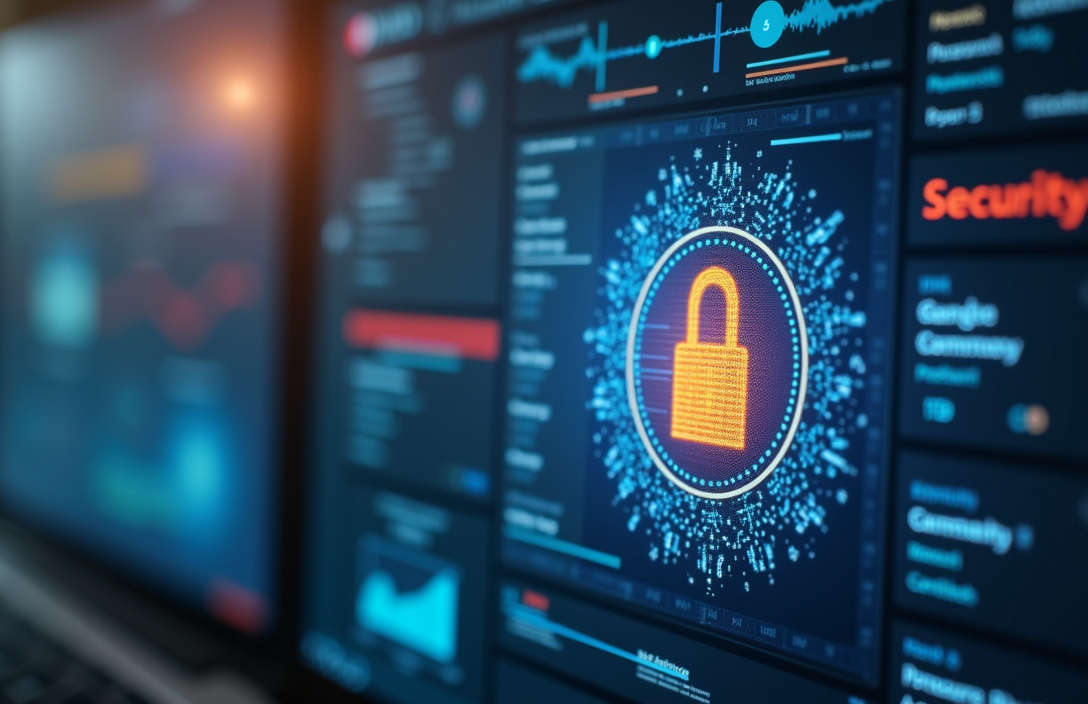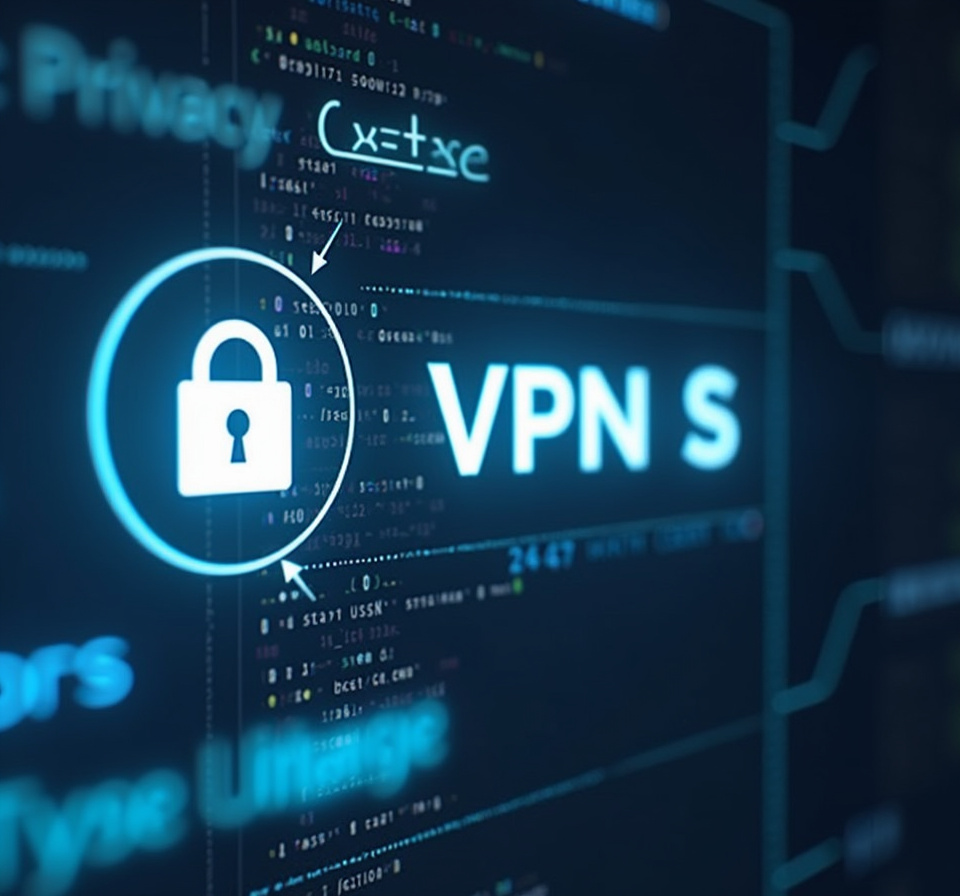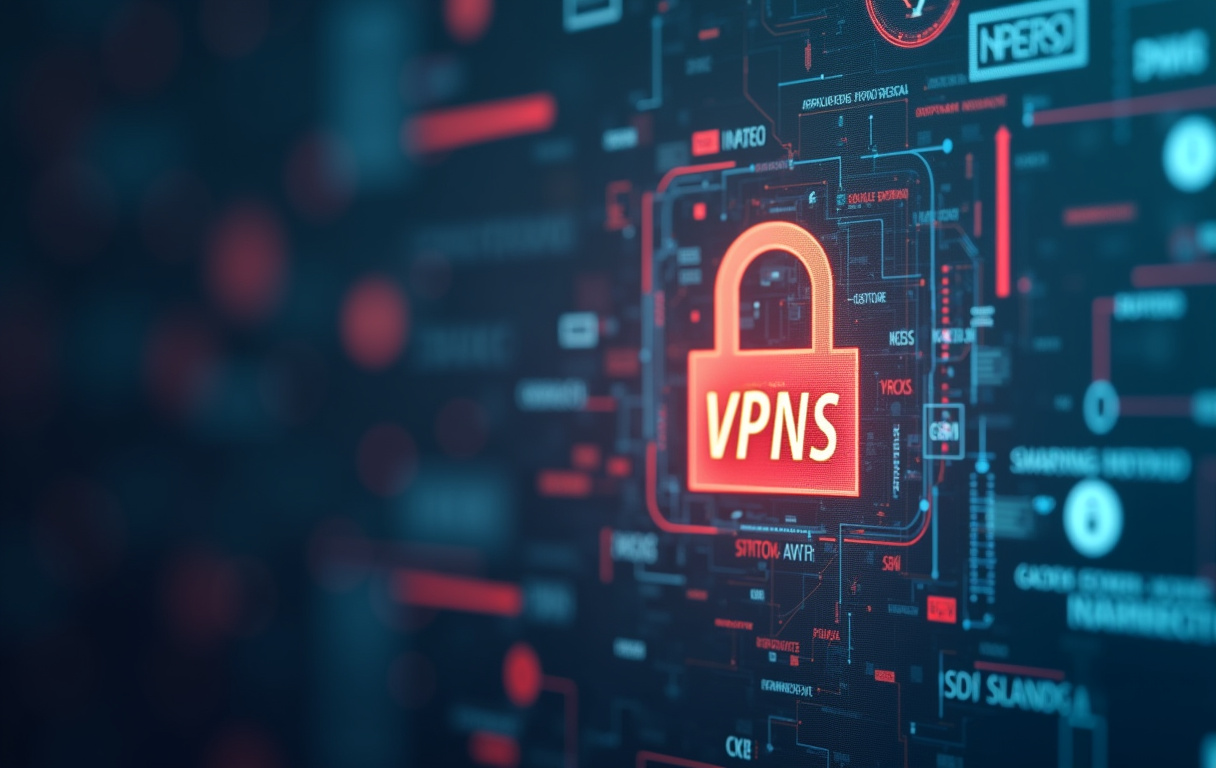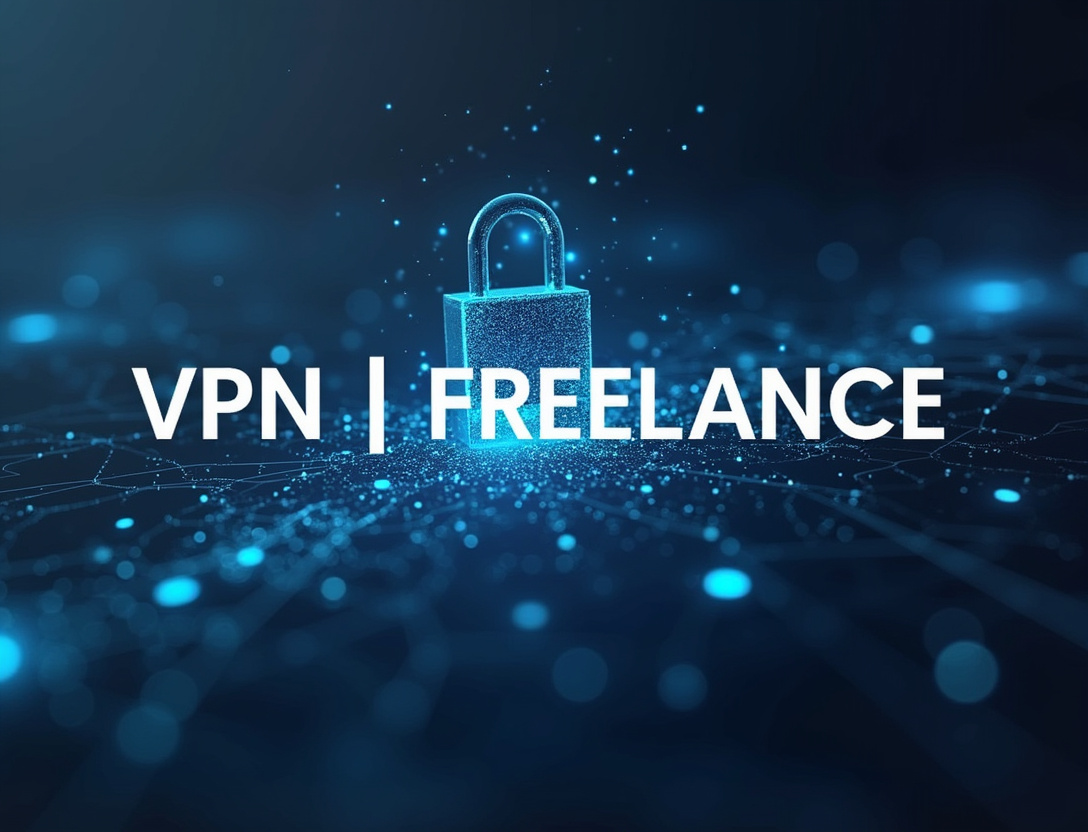VPNs for Senior Living Communities: Protecting Resident Data
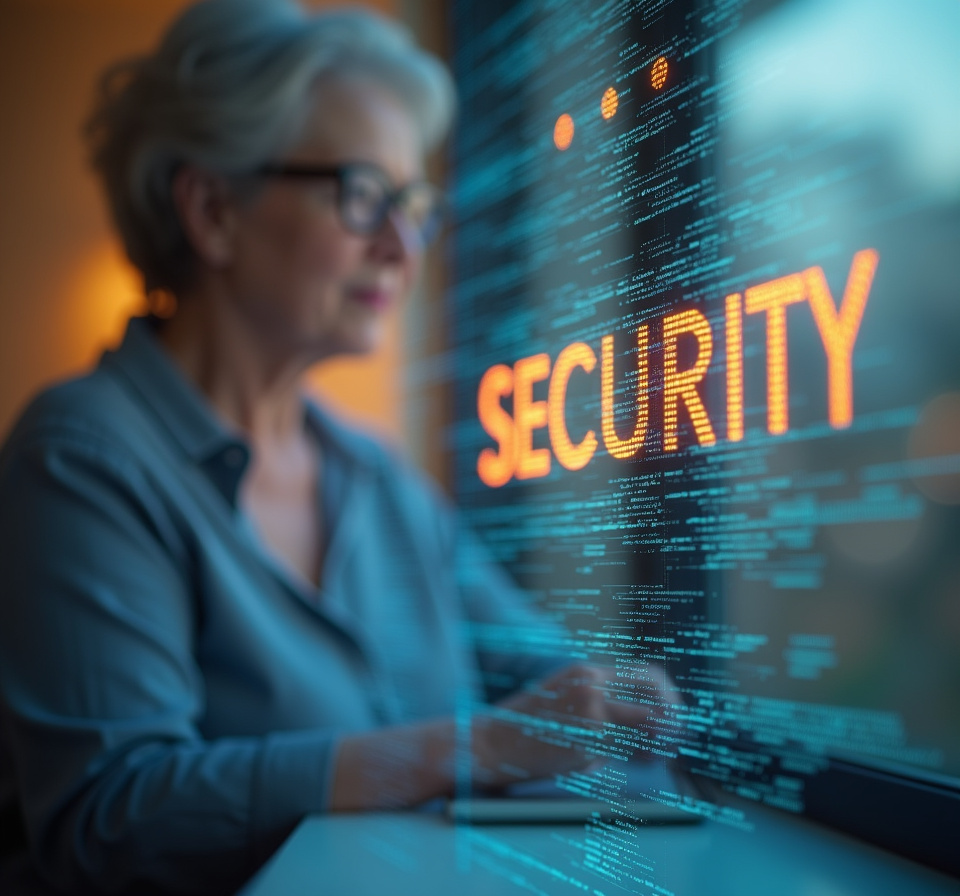
Table of Contents
In the increasingly digital landscape of senior living communities, the safeguarding of resident data has become paramount. These communities rely heavily on interconnected systems for managing sensitive information, from electronic health records (EHRs) containing protected health information (PHI) to financial details and personal communications. While these technologies enhance the efficiency and quality of care, they also introduce potential vulnerabilities that cybercriminals can exploit.
A Virtual Private Network (VPN) offers a robust solution to mitigate these risks, acting as a protective layer for resident data and ensuring secure network communication within the community. This article delves into the critical role of VPNs in senior living environments, exploring the threats, benefits, and implementation considerations to foster a safer and more secure digital environment for residents, promoting trust and peace of mind. The digital age presents unique challenges to senior living communities, particularly concerning the confidentiality, integrity, and availability of sensitive data.
Communities leverage digital systems for a wide array of functions, including managing EHRs, facilitating resident communication through portals, handling billing and financial transactions, and monitoring security systems. This widespread use of technology, while beneficial, creates multiple entry points for cyberattacks. Consider the diverse types of data stored and processed within these systems: detailed medical histories, social security numbers, bank account information, contact details for family members, and even personal preferences.
A breach compromising any of this data can have severe consequences, ranging from identity theft and financial ruin for vulnerable residents to significant reputational harm and legal liabilities for the senior living community. The vulnerability of seniors to online threats is a critical concern. Factors such as cognitive decline, limited familiarity with technology, and a tendency to trust can make them easier targets for phishing scams, malware infections, and social engineering attacks.
Cybercriminals often specifically target seniors, exploiting their vulnerabilities for financial gain or identity theft. This heightened vulnerability underscores the ethical and legal responsibility of senior living communities to implement comprehensive security measures to protect their residents. The complexity of IT infrastructure within senior living communities further exacerbates the security challenge.
These environments often consist of a diverse range of devices, networks, and users, making it difficult to manage and maintain consistent security practices. The use of personal devices by residents and staff, often without proper security configurations, can also introduce vulnerabilities. Moreover, senior living communities may lack the dedicated IT staff and resources necessary to effectively monitor and respond to security threats.
Neglecting cybersecurity can lead to dire consequences for senior living communities. A data breach can result in significant financial losses due to regulatory fines, lawsuits, and remediation costs. Reputational damage can erode trust among residents and their families, impacting occupancy rates and overall business performance.
Most importantly, a successful cyberattack can directly harm residents by compromising their personal information, disrupting essential services, and jeopardizing their health and safety. A proactive cybersecurity strategy, with tools like "senior living VPN" at its core, becomes an indispensable element for establishing and maintaining a safe reliable operating environment for the senior living community. The increasing prevalence of telehealth services adds another layer of complexity and risk.
As more seniors utilize remote consultations, monitoring devices, and virtual care platforms, the need to protect the confidentiality and integrity of these digital interactions becomes even more critical. A "VPN for healthcare" and strict access controls should be at the forefront of planning.
The fundamental principle behind a VPN's effectiveness lies in its ability to create a secure, encrypted tunnel for network communication. This tunnel acts as a virtual shield, protecting data transmitted between a user's device and a remote server from unauthorized access and interception. The VPN encrypts all data passing through the tunnel, rendering it unreadable to anyone without the decryption key.
This encryption process utilizes complex algorithms to scramble the data, making it virtually impossible to decipher without the correct key. The strength of the encryption is a critical factor in determining the security of the VPN connection. Modern VPNs typically employ Advanced Encryption Standard (AES) with key lengths of 256 bits or higher, which are considered extremely secure and resistant to brute-force attacks.
When a resident within a senior living community uses a VPN, their internet traffic is routed through this secure, encrypted tunnel. This ensures that sensitive data, such as medical records accessed through an online portal or financial transactions conducted through a mobile banking app, is protected from eavesdropping by hackers or malicious actors on the network. This is particularly crucial in communities where residents may be using shared Wi-Fi networks, which are often less secure and more vulnerable to attacks.
The "senior living VPN" should be easy to use to allow for all residents to communicate with friends and family without the fear of privacy compromise. Beyond encryption, a VPN also provides anonymity by masking a user's IP address. An IP address is a unique identifier that reveals a user's approximate location and internet service provider.
By connecting to a VPN server, the user's real IP address is hidden, and the VPN server's IP address is displayed instead. This makes it more difficult for websites, advertisers, and other online entities to track a user's online activities. In a senior living community, this anonymity can protect residents from targeted scams and phishing attempts.
Cybercriminals often use IP addresses to gather information about potential victims and tailor their attacks accordingly. By masking their IP address, residents can reduce their risk of becoming a target. Furthermore, IP address masking can help protect residents' privacy by preventing their online browsing history from being tracked and monitored.
This is particularly important in a healthcare setting, where residents have a right to privacy regarding their medical information and online activities. The combination of encryption and IP address masking makes VPNs exceedingly valuable tools for safeguarding privacy and security in a variety of online activities. Whether accessing online banking services, communicating with family and friends via email or messaging apps, or simply browsing the web, residents can significantly reduce their digital footprint and enjoy a greater sense of online security.
It's essential to remember that "resident data security" heavily relies on secure "network communication". A well-implemented VPN effectively creates a secure, private network within the public internet, allowing residents to conduct their online activities with confidence and peace of mind. The act of concealing their location via an alternate IP address is an added layer of defense from those seeking the real location.
The adoption of a VPN within a senior living community unlocks a cascade of benefits that extend far beyond simply protecting resident data. It elevates the overall security of the entire facility, fortifies the privacy of staff communications, and demonstrably improves compliance with stringent industry data protection mandates. At the forefront of this technological intervention is the enhanced level of resident data security.
The hallmark of a VPN is its ability to encrypt all network traffic, creating an impenetrable barrier that thwarts unauthorized attempts to intercept sensitive information. This is especially critical for safeguarding vulnerable data like medical records, intricate financial details, and private personal communications. Consider the scenario of residents utilizing shared Wi-Fi networks – environments notoriously susceptible to eavesdropping tactics.
By mandating VPN connections for all online activities resident data remains protected. "Resident data security" is the priority. This proactive approach drastically reduces the risk of data breaches and bolsters "privacy".
VPNs offer greatly improved privacy for residents. The VPN masks a resident's IP address, making it substantially more difficult for websites and online advertisers to diligently track online activities. This preventative measure acts as a shield, protecting residents from a range of potential online threats, including meticulously targeted scams and devious phishing attempts.
A robust VPN infrastructure also guarantees that residents' online behavior is less susceptible to prying eyes, empowering them to maintain their "privacy" while navigating the digital sphere. Senior citizens are targeted. This is abhorrent and there are solutions like VPNs for healthcare to stop this.
Beyond the immediate benefits of data protection and reinforced privacy, deploying a VPN solution significantly streamlines compliance with data protection regulations, such as the Health Insurance Portability and Accountability Act (HIPAA). HIPAA mandates that healthcare providers implement reasonable and appropriate security measures to staunchly protect patient data. By consistently utilizing a VPN to establish a secure channel for transmitting sensitive information, senior living communities actively demonstrate their unwavering commitment to meeting and exceeding these critical regulatory requirements.
A VPNs functionality goes beyond resident data defense, extending to proactively safeguarding the privacy of staff communications. Staff members routinely handle sensitive information pertaining to residents via a variety of digital channels, like email, messaging applications, and internal network communications. An active VPN encrypts these pathways, making them impervious to any potential unauthorized surveillance or compromising access by cybercriminals.
This ensures that confidential resident information shared among staff members remains secure and that their own communications maintain an adequate level of privacy. A "senior living VPN" helps ensure "network communication" is private between residents and staff. Furthermore, implementing a VPN serves as the building block for developing a more comprehensive and robust cybersecurity strategy.
This allows for a secure foundation where the senior living community can easily build stronger safeguards.
Despite the numerous advantages, successfully integrating a VPN into a senior living community requires careful planning and execution. A one-size-fits-all approach won't suffice; the implementation must consider the unique needs, technical capabilities, and usage patterns of both residents and staff. Factors such as internet bandwidth, device compatibility, and ease of use are critical.
A crucial initial step is conducting a thorough assessment of the community's existing IT infrastructure and security protocols to identify vulnerabilities and determine the specific requirements for a VPN solution. This assessment should evaluate existing network security measures, identify potential entry points for cyberattacks, and gauge the level of technical expertise among residents and staff. Understanding these factors will help inform the selection of a VPN solution that is both effective and user-friendly.
The selection of an appropriate VPN service is paramount. Numerous VPN providers exist, each offering varying features, security protocols, and pricing models. A senior living community should prioritize a VPN provider with a proven track record of security, reliability, and customer support.
Look for providers that offer strong encryption protocols, a strict no-logs policy (ensuring that user activity is not recorded), and readily available technical support in case of issues. The "VPN for healthcare" considerations should be taken into account. Another vital consideration is the user experience.
Seniors may have limited experience with technology, so the VPN software should be easy to install, configure, and use. The interface should be intuitive and straightforward and should provide clear instructions on how to connect to the VPN. It may also be beneficial to offer training and support to residents and staff on how to use the VPN effectively and safely.
The integration with existing devices is also crucial. Senior living communities often have a mix of devices, including computers, tablets, and smartphones. The VPN solution should be compatible with all of these devices and should provide a consistent user experience across platforms.
This may require the use of dedicated apps or browser extensions. One often overlooked area is the impact on network bandwidth. VPNs can sometimes slow down internet speeds, especially if the VPN server is located far away or if the network is already congested.
This can be particularly problematic in senior living communities, where residents may rely on the internet for communication, entertainment, and access to essential services. It is essential to test the VPN's performance on the community's network to ensure that it does not negatively impact the user experience. It's good practice to monitor "network communication".
Security policies and procedures must be updated to incorporate VPN usage. These policies should outline the acceptable use of the VPN, including the types of activities that are permitted and the restrictions on accessing certain websites or online services. The policies should also address data privacy and security, emphasizing the importance of protecting resident information.
A plan to encourage adoption of the "senior living VPN" should also be developed. Finally, ongoing monitoring and maintenance are crucial for ensuring the long-term effectiveness of the VPN. The VPN software should be regularly updated with the latest security patches, and the network should be monitored for any suspicious activity.
Regular security audits should also be conducted to assess the effectiveness of the VPN and identify any areas for improvement.
Looking ahead, the role of VPNs in senior living communities is poised to become even more critical as technology continues to permeate every aspect of daily life. The increasing reliance on telehealth services, remote monitoring devices, and smart home technologies will generate vast amounts of sensitive data, making robust security measures essential. Moreover, the evolving threat landscape and the growing sophistication of cyberattacks will necessitate a proactive and adaptable approach to protecting resident data.
One key trend to watch is the integration of VPNs with other security tools and technologies, creating a multi-layered defense against cyber threats. This may involve combining VPNs with firewalls, intrusion detection systems, and security information and event management (SIEM) solutions to provide a more comprehensive security posture. Another promising development is the emergence of AI-powered security solutions that can automatically detect and respond to threats in real-time.
These solutions can analyze network traffic, identify anomalies, and block malicious activity before it can cause harm. In the context of "VPN for healthcare", AI-powered solutions can assist with continuous HIPAA compliance. The growing adoption of 5G technology will also have a significant impact on VPN usage in senior living communities.
5G offers faster speeds and lower latency, enabling residents to access online services and applications with greater ease and performance. However, 5G networks also introduce new security challenges, as they are more complex and distributed than previous generations of mobile networks. VPNs can help address these challenges by providing a secure and encrypted connection over 5G networks, protecting resident data from eavesdropping and interception.
The focus on usability and accessibility will continue to be a key driver of VPN adoption in senior living communities. VPN providers will need to develop solutions that are even easier to use and configure, catering specifically to the needs of seniors with limited technical expertise. This may involve simplifying the user interface, providing voice-activated controls, and offering personalized support and training.
Education and awareness will also play a vital role in promoting VPN usage among residents and staff. Senior living communities should invest in training programs that educate residents about the risks of cybercrime and the benefits of using a "senior living VPN". Staff members should also be trained on how to configure and support VPNs and how to respond to security incidents.
Collaboration between senior living communities, VPN providers, and cybersecurity experts will be essential for developing and implementing effective security solutions. Creating a security conscious organizational culture. By working together, these stakeholders can share best practices, identify emerging threats, and develop innovative solutions that protect residents and their data.
In conclusion, VPNs provide a critical layer of security and privacy for senior living communities, safeguarding resident data and promoting secure network communication. By carefully considering the unique needs of residents and staff, senior living communities can effectively integrate VPNs into their IT infrastructure and create a safer and more secure environment for everyone. The future of VPNs is bright.
Stay Updated
Get the latest VPN news, tips, and exclusive deals to your inbox.
